SLEYMAN THE MAGNIFICENT AND HIS AGE
Sleyman the Magnificent and His Age
The Ottoman Empire in the Early Modern World
Edited by Metin Kunt and Christine Woodhead

First published 1995 by Addison Wesley Longman Limited
Second impression 1997
Published 2013 by Routledge
2 Park Square, Milton Park, Abingdon, Oxon OX14 4RN
711 Third Avenue, New York, NY 10017, USA
Routledge is an imprint of the Taylor & Francis Group, an informa business
Copyright 1995, Taylor & Francis.
All rights reserved. No part of this book may be reprinted or reproduced or utilised in any form or by any electronic, mechanical, or other means, now known or hereafter invented, including photocopying and recording, or in any information storage or retrieval system, without permission in writing from the publishers.
Notices
Knowledge and best practice in this field are constantly changing. As new research and experience broaden our understanding, changes in research methods, professional practices, or medical treatment may become necessary.
Practitioners and researchers must always rely on their own experience and knowledge in evaluating and using any information, methods, compounds, or experiments described herein. In using such information or methods they should be mindful of their own safety and the safety of others, including parties for whom they have a professional responsibility.
To the fullest extent of the law, neither the Publisher nor the authors, contributors, or editors, assume any liability for any injury and/or damage to persons or property as a matter of products liability, negligence or otherwise, or from any use or operation of any methods, products, instructions, or ideas contained in the material herein.
ISBN 13: 978-0-582-03827-1 (pbk)
British Library Cataloguing-in-Publication Data
A catalogue record for this book is
available from the British Library
Library of Congress Cataloging-in-Publication Data
Sleyman the Magnificent and his age : the Ottoman Empire in the early modern world / edited by Metin Kunt and Christine Woodhead.
p. cm.
Includes bibliographical references and index.
ISBN 0-582-03828-6 (CSD). ISBN (invalid) 0582038278 (PPR)
1. TurkeyHistorySleyman I, 15201566. I. Kunt, . Metin, 1942 . II. Woodhead, Christine.
DR506 S 1995
Contents
Metin Kunt |
Metin Kunt |
Ann Williams |
Salih zbaran |
Gza Dvid |
Suraiya Faroqhi |
Christine Woodhead |
P M Holt |
Colin Imber |
Peter Burke |
Christine Woodhead |
LIST OF MAPS |
The era of Sleyman the Magnificent has always been one of the principal research areas within Ottoman history. Once automatically labelled the golden age, it is now a period inevitably subject to reassessment. However, new lines of enquiry spread only slowly beyond the relatively small field of Ottoman studies, hedged in as it is by the linguistic thickets of the Ottoman and modern Turkish languages, and the dominant barrier of Otherness. One of the main purposes of this volume is to present to a wider non-specialist readership current work on certain aspects of the Ottoman sixteenth century and of how the Ottomans themselves conceived their world. There are few expert modern studies of individual Ottoman sultans, in Turkish or any other language, written essentially from the Ottoman point of view. Babingers Mehmed the Conqueror (1952), though now somewhat dated, remains the best example. There is, as yet, nothing comparable on Sleyman. Essay collections such as the present volume, organised around specific themes, therefore have particular value in the absence of a major study.
The book comprises a major introductory chapter on the early development of the Ottoman state up to the time of Sleyman, followed by eight essays arranged in two groups. introduction provides the context, and the last chapter pulls the various threads together.
In short, the book deals with both the reality of Ottoman power and with the ideology of Ottoman statecraft, separately but in essential relation to each other. We have tried to explain some aspects of how this multi-ethnic dynastic empire functioned, and what it meant to be the ruler of such an empire. Inevitably, there are significant and regrettable omissions. Most obviously, Ottoman military, diplomatic and trade relations with the various states of Europe and with Safavid Iran, are not included; cultural and intellectual history are also unrepresented. Problems of space, and of the unavailability of potential contributors during the period of the final preparation of the book have influenced its published form.
The immediate inspiration for the book was the British Museums major exhibition Sleyman the Magnificent held in the spring of 1988, in which a splendid array of art treasures loaned from the Topkap Saray and other Turkish museums was displayed beside the British Museums own collection. The majority of the essays in were first presented at a one-day seminar, The golden age of Sleyman: myth and reality, held at the School of Oriental and African Studies, University of London, in March 1988.
Some essays remain virtually as originally written (Burke, Holt, Imber); others have been substantially revised or extended (Kunt, zbaran, Dvid, Faroqhi, Woodhead); Ann Williams essay was commissioned later. The differing styles of the nine contributors testify to the variety of scholarly traditions current in Ottoman historical studies and to the latters truly international nature. We have attempted to ensure standardisation only in footnotes, references, and in the glosses provided for Ottoman terms. The bibliographical guide, though brief, suggests further material on aspects not covered in the book, and highlights recent major publications.
We have pleasure in acknowledging the help of several colleagues in the initial stages of this project. In Cambridge, encouragement and support was given by Gordon Johnson, Faculty of Oriental Studies, and Basim Musallam and Peter Avery, Centre for Middle Eastern Studies. Parallel events included an exhibition of Ottoman manuscripts at Cambridge University Library organised by Jill Butterworth, and a delightful display of Turquerie at the Fitzwilliam Museum assembled by Robin Crighton. Grateful thanks are also due to the then Turkish Ambassador in London, H E Rahmi Gmrko lu, for his interest in, and financial support for, the Ottoman lecture series. In London, the Research Committee of the School of Oriental and African Studies provided a much-appreciated grant towards the costs of visiting speakers to the Sleyman golden age seminar. The meeting was convened under the auspices of the Turkish Area Study Group, benefitting from the experience and encouragement of Margaret Bainbridge and the support of Tony Allan, then chairman of the Centre for Near and Middle Eastern Studies in the School.
lu, for his interest in, and financial support for, the Ottoman lecture series. In London, the Research Committee of the School of Oriental and African Studies provided a much-appreciated grant towards the costs of visiting speakers to the Sleyman golden age seminar. The meeting was convened under the auspices of the Turkish Area Study Group, benefitting from the experience and encouragement of Margaret Bainbridge and the support of Tony Allan, then chairman of the Centre for Near and Middle Eastern Studies in the School.
To Andrew MacLennan of Longman we owe a tremendous debt of gratitude for his continued enthusiasm for this project and his belief that it would eventually appear in print. Appropriately perhaps, the book goes to press in the quincentennial year of Sleymans birth in 1494.
Next page
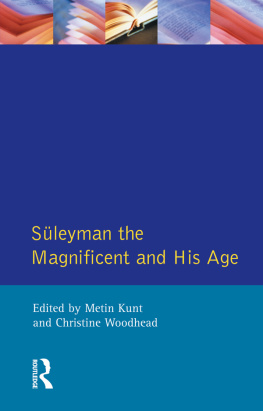


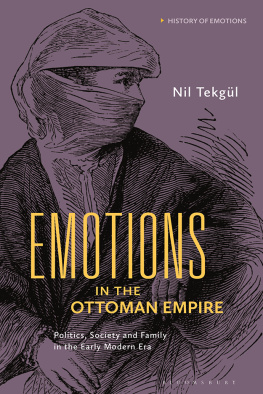
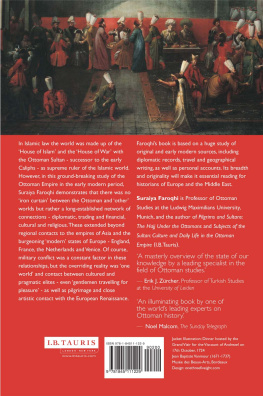
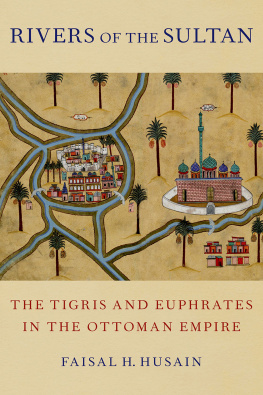

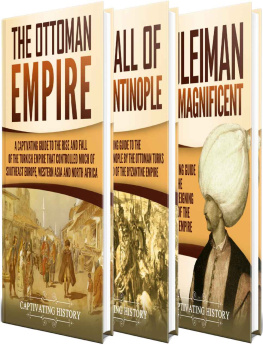
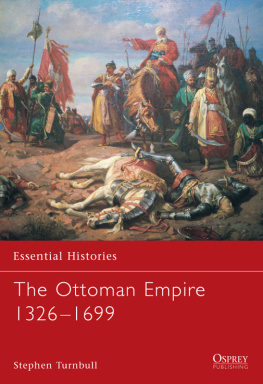
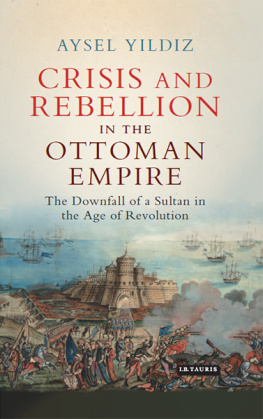



 lu, for his interest in, and financial support for, the Ottoman lecture series. In London, the Research Committee of the School of Oriental and African Studies provided a much-appreciated grant towards the costs of visiting speakers to the Sleyman golden age seminar. The meeting was convened under the auspices of the Turkish Area Study Group, benefitting from the experience and encouragement of Margaret Bainbridge and the support of Tony Allan, then chairman of the Centre for Near and Middle Eastern Studies in the School.
lu, for his interest in, and financial support for, the Ottoman lecture series. In London, the Research Committee of the School of Oriental and African Studies provided a much-appreciated grant towards the costs of visiting speakers to the Sleyman golden age seminar. The meeting was convened under the auspices of the Turkish Area Study Group, benefitting from the experience and encouragement of Margaret Bainbridge and the support of Tony Allan, then chairman of the Centre for Near and Middle Eastern Studies in the School.